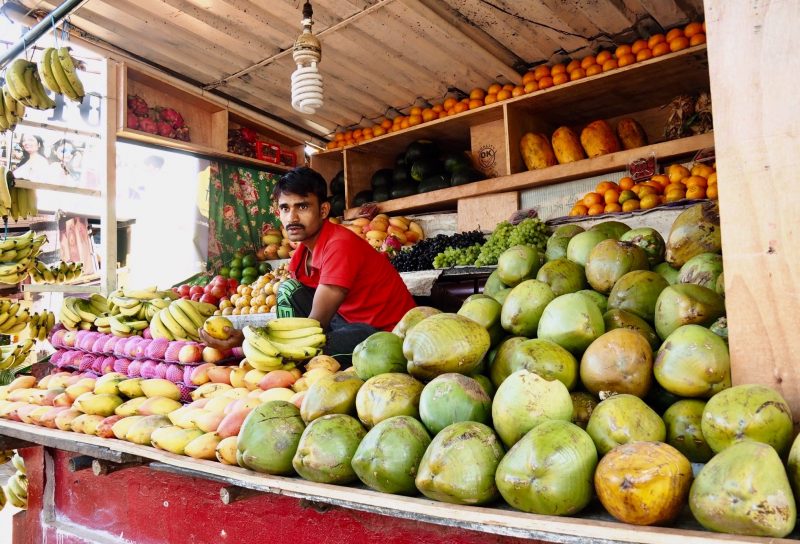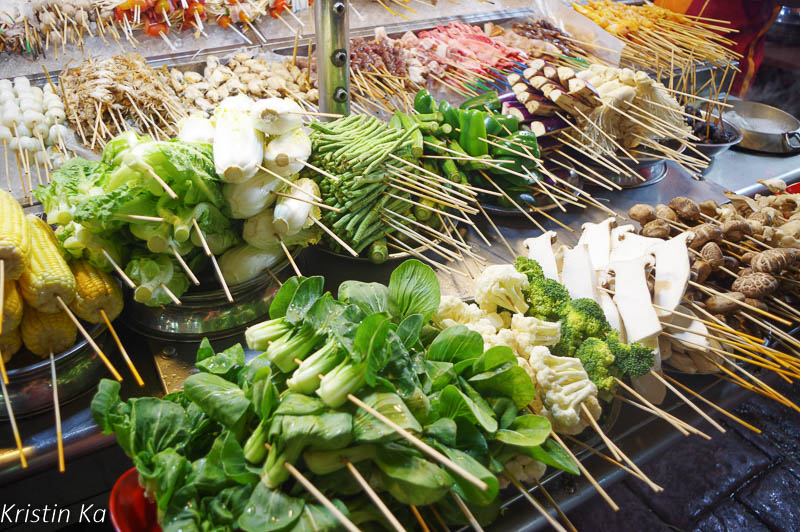Good and cheap, discover tropical fruits where they grow!
Exotic fruits are a real festival of shapes and colours. The tropical fruits we discover at the end of the world are very different from the sad mangoes in our supermarkets and there are so many to discover!
Enjoying Durian, fruit cheese requires a bit of practice. But for most Westerners, it is an experience that is not repeated…
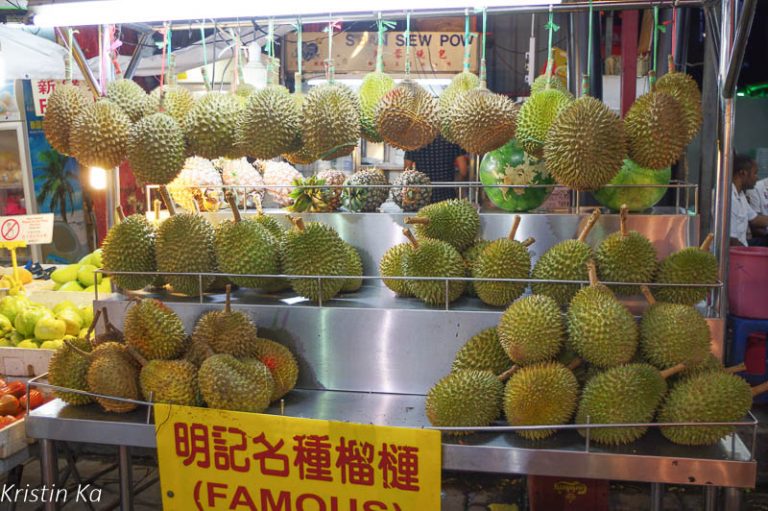
The mangosteen, with its black skin containing a white stone, the cinnamon apples, so disconcerting… all tropical fruits are surprising here…
The particular shape of the mangosteen and its colour ranging from intense purple to black contains a delicate fruit. Juicy, refreshing and sweet, it is somewhat similar to the lychee and peach. It is a real treat.
Then come the rambutans, this green and red ball, all hairy. Its flavour is delicious: always close to the lychee with a little something of the grape. As for the cinnamon apple, it doesn’t look very appealing at first glance. It looks like a fleshy pine cone. Its taste is very sweet and has absolutely nothing to do with cinnamon but rather a happy mixture of pear and banana.
The lychee and its cousin, the longan, also called dragon’s eye, are no longer present, they are well known in Europe but here, they are cheap and tasty.
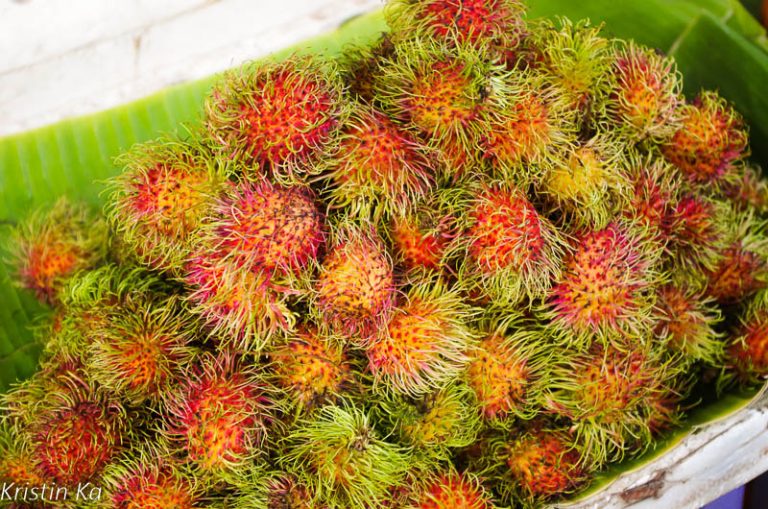
The most designer of all tropical fruits is certainly the pitaya, commonly known as dragon fruit
Fortunately, all these tropical fruits are there to quench the thirst of the traveller overwhelmed by the heat and provide him with an impressive amount of vitamins and minerals
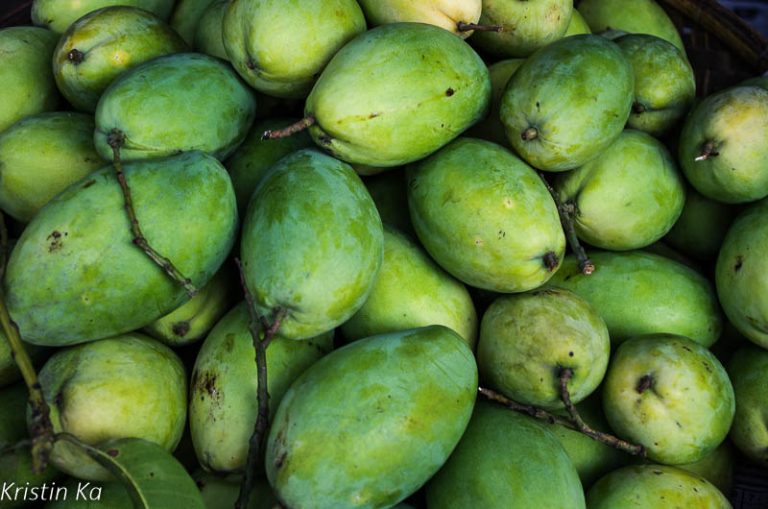
To read also to enjoy the trip
Forget everything you’ve eaten up to now, it’s now or never to experiment with taste!
